Project Management In Functional Organisation
Managing projects by application of the Project Management Concept can bring many benefits to organisations. The government has recognised this and recently introduced a separate ministerial portfolio for Project Management. Most organisation structures in Sri Lanka at present are arranged on a functional basis rather than as projectized systems. A functional organisation structure is a hierarchy where employees are grouped under their areas of specialization. Depending on the type and size of the business activity, these organisations incorporate several different groups such as Design, Engineering, Production, Finance, Administration, Marketing, Sales etc. The employees in each group are supervised by a Functional Manager (FM), with sub divisional managers supervising different departments under the FMs. Accordingly lines of communication and authority are vertical as shown in Figure 1.

Projects are undertaken at all levels of organisation and may involve a single department or may cross several functional groups. The question therefore is whether the projects can be undertaken within a framework of Project Management Concept in functional organisations. The recommended strategy is to convert a functional organisation into a matrix structure without losing the functional characteristics and areas of specialisation. There are two methods to achieve this objective.
In this method, the organisation employs and appoints Project Managers (PMs) for each project from a specialist group of professionals who have the necessary qualifications and experience in Project Management, whilst the project teams are drawn from functional group stakeholders. Project team members report, communicate and obtain instructions from the PM in relation to project activities whilst still reporting to and obtaining instructions from the FMs. PMs are given the authority and responsibility of the project team members in order to drive the projects to achieve the desired goals. PMs are aware of the way an organisation’s culture and systems could affect a project.
As such, PMs develop the Project Management processes and systems and liaise with the FMs to minimise conflicts between the projects and functional objectives. There is no restructuring of the organisation except for the creation of an additional functional group for PMs. The status core remains as it is and the organisation performs its usual business activity by undertaking projects across the functional groups under the Project Management Concept. The organisation still maintains its functional groups however lines of communication and authority are in a matrix structure as shown in Figure 2. PMs and Staff time may be allocated for one project or divided among several projects depending on the complexity of the projects.

Method 2: Matrix Structure drawing PMs from Functional Groups
PMs are appointed from the major functional group based on the stakeholder percentage of share in the project. These PMs may work as a separate group and may also work as team members in other projects whilst still in their respective functional groups. The rest remains as of Method 1 as shown in Figure 3.
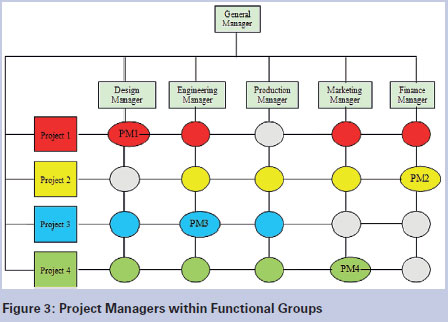
The current need therefore is to educate and train staff in the Project Management Concept. Once the staff is given appropriate training, they can be engaged under one of the above two methods to manage project teams whenever a new project is undertaken by the organisation. This Project Management Concept could therefore help the organisations not only to manage the projects in a transparent and accountable manner, but also to achieve project objectives within the competing stakeholder demands for scope, time, cost, risk and quality.
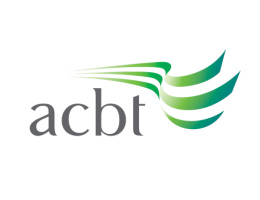

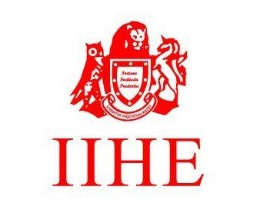
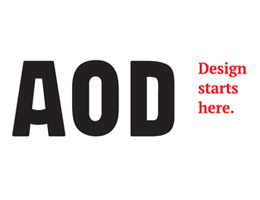
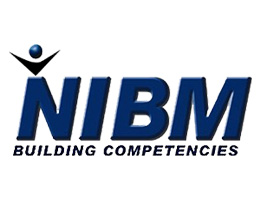



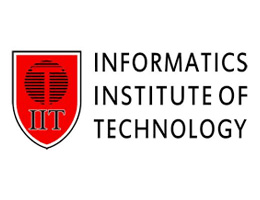
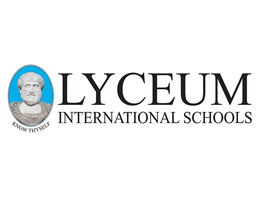

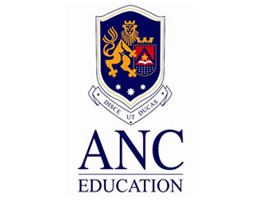

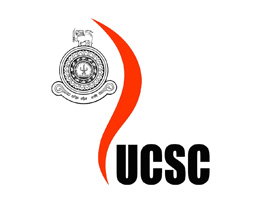
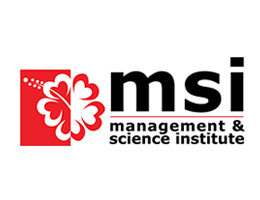
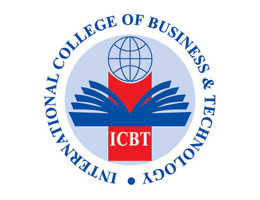












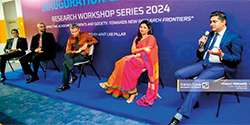





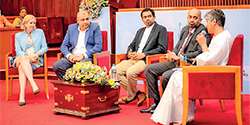
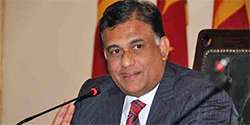



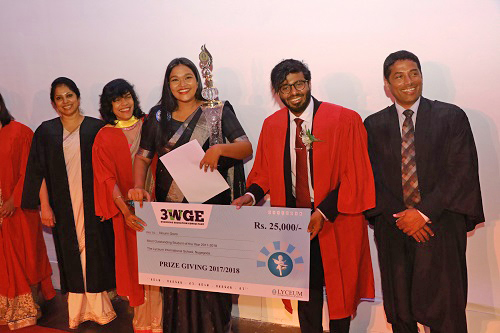

.jpg)
.jpg)

.jpg)
.jpg)
.jpg)
